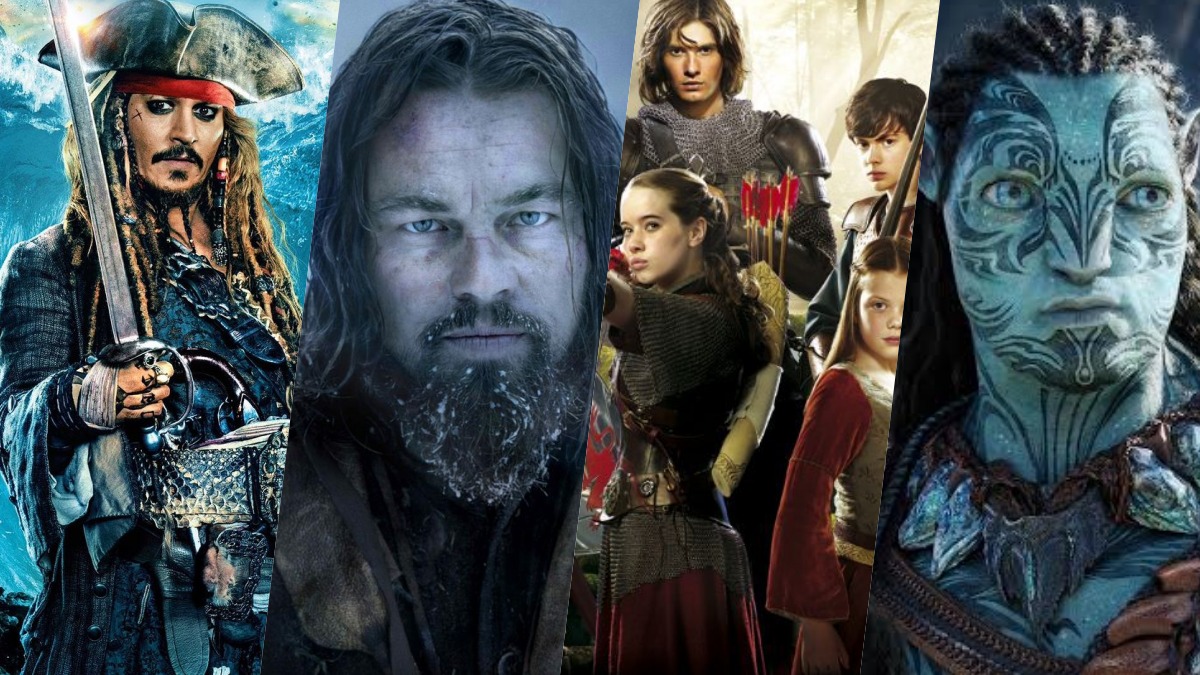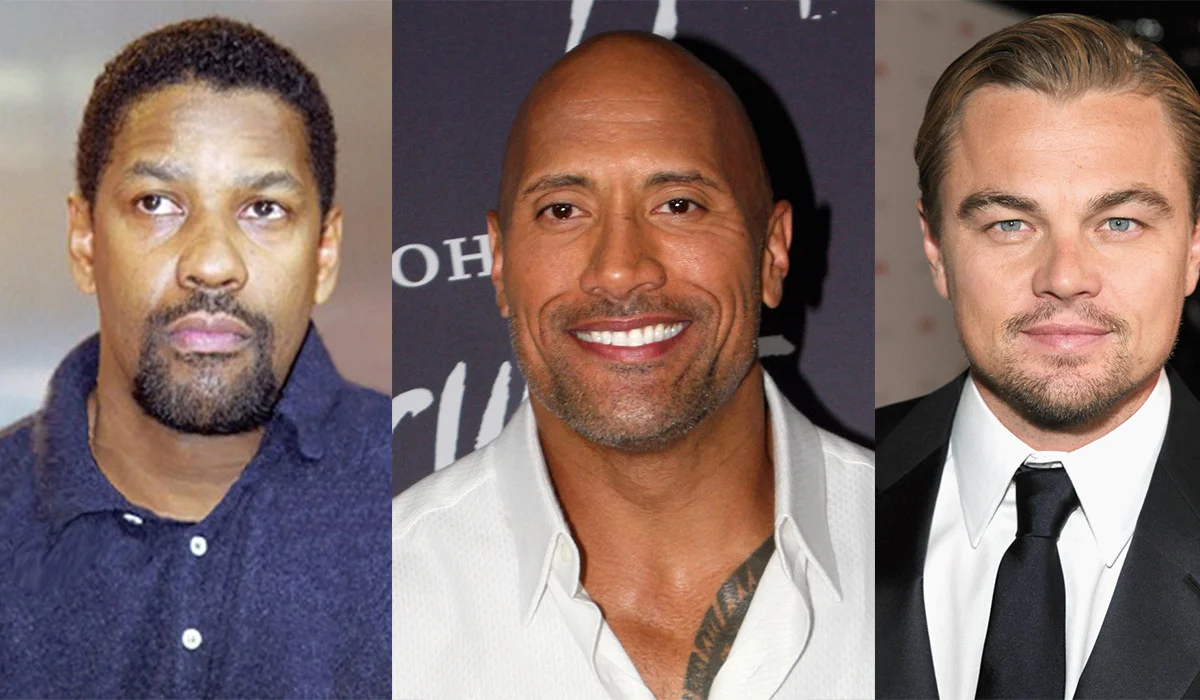
The magic of comedy and compelling performances often seems so effortless on screen, doesn’t it? We sit back, we laugh, we cry, we escape, completely absorbed in the world unfolding before us. It’s easy to believe that the camaraderie or tension we witness between characters is simply a reflection of an equally harmonious or dramatic real-life dynamic, perfectly choreographed and flawlessly executed. But as anyone who’s ever worked on a major production will tell you, the reality behind the camera is frequently a tapestry woven with far more intricate threads.
Behind every brilliant punchline, every heart-wrenching scene, and every iconic dance move lies a complex web of human dynamics. Strong personalities, creative differences, ego clashes, and the sheer pressure of crafting entertainment can create as much unscripted drama as any storyline. It’s a fascinating peek into the human element of creation, reminding us that even the most polished performances are born from the very real interactions of the people bringing them to life. This isn’t just about the lines delivered; it’s about the silent negotiations, the unspoken tensions, and the fiery passions that shape the final product.
We’re pulling back the curtain today to explore some of the most compelling “behind the camera” stories from the world of comedy and performance. We’ll uncover how raw human emotion, differing visions, and the occasional outright feud can either elevate a project to legendary status or, in some cases, nearly derail it entirely. From well-documented clashes that made headlines to the foundational partnerships that defined an era of humor, prepare to dive into the unseen forces that sculpt our favorite entertainment.

1. **Sarah Jessica Parker and Kim Cattrall (Sex and the City)**For years, fans adored the unbreakable bond between Carrie Bradshaw and Samantha Jones, believing their on-screen friendship was a mirror reflection of a genuine camaraderie between Sarah Jessica Parker and Kim Cattrall. The quartet of women navigating love, friendship, and careers in New York City became an aspiration for many, a testament to sisterhood. Yet, behind the cosmos and candid confessions, a starkly different reality reportedly brewed, creating one of Hollywood’s most talked-about, and persistent, feuds.
The tension, according to numerous reports, began subtly during the show’s original run, with whispers circulating about a significant salary disparity. As the lead actress and a producer, Parker reportedly earned a substantially higher salary than her co-stars, a common practice in Hollywood but one that can breed resentment within an ensemble. These initial rumblings set the stage for a dramatic escalation years later, particularly during negotiations for a potential third *Sex and the City* movie.
It was during these movie discussions that Cattrall was often painted by the media as the “diva,” allegedly making demands that ultimately stalled the project. However, the true eruption of bad blood happened not on a film set, but on social media, bringing the private feud into the very public eye. Following the tragic death of Cattrall’s brother, Parker offered condolences, but Cattrall’s scathing public response – declaring she “didn’t need her love or support” – solidified the irreparable rift.
The repercussions of this deep-seated conflict became unmistakably clear with the revival series, *And Just Like That…*. Cattrall flat-out refused to return, forcing the show’s writers to creatively ship Samantha off to London, explaining her absence through a storyline about a fractured friendship with Carrie. It was a stark reminder that sometimes, even the most believable on-screen chemistry can be just that: brilliant acting.
For many fans, this off-screen drama fundamentally altered their perception of the beloved series, prompting them to “wonder: was the show’s portrayal of ride-or-die friendship all just smoke and mirrors?” It serves as a powerful illustration of how the personal dynamics among collaborators can cast a long shadow, even over an iconic cultural phenomenon, reshaping legacies and fan experiences alike.

2. **Dwayne Johnson and Vin Diesel (Fast & Furious)**When you bring two titans of the action genre, both literally and figuratively, onto the same set, the energy is bound to be explosive. The *Fast & Furious* franchise, known for its high-octane stunts and emphasis on a “family” dynamic, was an ideal breeding ground for either cinematic magic or behind-the-scenes mayhem. In the case of Dwayne Johnson and Vin Diesel, audiences got a generous helping of both, culminating in a highly publicized feud that became almost as famous as the movies themselves.
The conflict dramatically spilled into public view in 2016 when Johnson took to Instagram with a now-infamous – and swiftly deleted – post. In it, he called out unnamed “candy a*s” male co-stars for their unprofessional behavior, sparking immediate speculation. While no names were explicitly mentioned, it didn’t take long for the internet’s collective detective work to point squarely at Vin Diesel, igniting a media frenzy and an intense public curiosity about what was truly happening on set.
Reports from sources close to the production quickly clarified the situation, confirming that the two alpha males were indeed clashing over a myriad of issues. Disagreements reportedly ranged from differing work ethics – with Johnson favoring discipline and promptness – to more petty concerns like who received the most favorable camera angles. These persistent conflicts made the set a challenging environment, creating an undeniable friction that permeated the production process.
Things apparently became so heated that Johnson and Diesel found it impossible to film scenes together. This forced producers to resort to creative filming schedules and editing techniques to give the illusion of shared screen time, meticulously stitching together individual shots. Johnson later expressed regret for making the feud public, acknowledging it wasn’t his finest moment, but he notably stood by the sentiments that prompted his initial outburst, indicating the depth of his frustration.
The drama was so intense that Johnson chose to sit out the main shoot for *The Fate of the Furious*, only appearing in scenes that were filmed separately from Diesel. The thinly veiled jabs continued in passive-aggressive interviews, with both stars offering cryptic remarks about “tough love” and unnamed colleagues “showing up late to set.” Indeed, for a franchise named *Fast & Furious*, the behind-the-scenes dynamic often felt more like a “slow-burning and petty” saga, highlighting how personal clashes can overshadow even the biggest blockbusters.

3. **Patrick Swayze and Jennifer Grey (Dirty Dancing)***Dirty Dancing* gifted us one of cinema’s most unforgettable moments: Baby’s iconic lift, a symbol of perfect synchronization and undeniable chemistry. On screen, the passion between Johnny Castle and Frances “Baby” Houseman crackled, making the audience believe in their whirlwind romance. Yet, the path to creating that timeless magic was anything but smooth, with behind-the-scenes tensions between leads Patrick Swayze and Jennifer Grey adding an unexpected layer of drama to the production. The very qualities that made their characters compelling also fueled real-life friction.
Swayze himself opened up about their challenging working relationship in his candid memoir, *The Time of My Life*. He described Grey as having an “emotional nature” and a frustrating “tendency to burst into giggles during serious scenes.” For an actor as intensely committed as Swayze, this could be incredibly trying, disrupting the emotional flow and requiring numerous retakes. It’s a classic example of contrasting acting styles clashing under the pressures of a demanding film set, where one actor’s method might grate on another’s.
The differences in their temperaments often led to arguments and palpable frustration on set, with Swayze admitting he sometimes wished he could, figuratively, put Baby in a corner himself. The creative process is rarely linear, and these moments of friction are often part and parcel of pushing boundaries and achieving authenticity. The challenge for the director and crew was to harness this tension, transforming it into the very sparks that ignited their on-screen romance, rather than letting it derail the entire production.
Despite the frequent clashes and the emotional roller coaster of filming, a strange alchemy occurred. Their real-life frustrations, anxieties, and the sheer effort of working through their differences somehow translated into the raw, believable chemistry that made *Dirty Dancing* a cultural phenomenon. It speaks to the power of performance, where professional dedication can transcend personal animosity, creating something enduringly beautiful from a crucible of contrasting personalities.
Ultimately, their ability to channel their real-world complexities into their characters underscores the nuanced nature of acting. It’s a testament that sometimes, the most profound on-screen connections are forged not through effortless harmony, but through the challenging process of navigating individual quirks and working toward a shared artistic goal. Their story reminds us that true artistry often emerges from unexpected places, even when it involves a little bit of behind-the-scenes sparring.
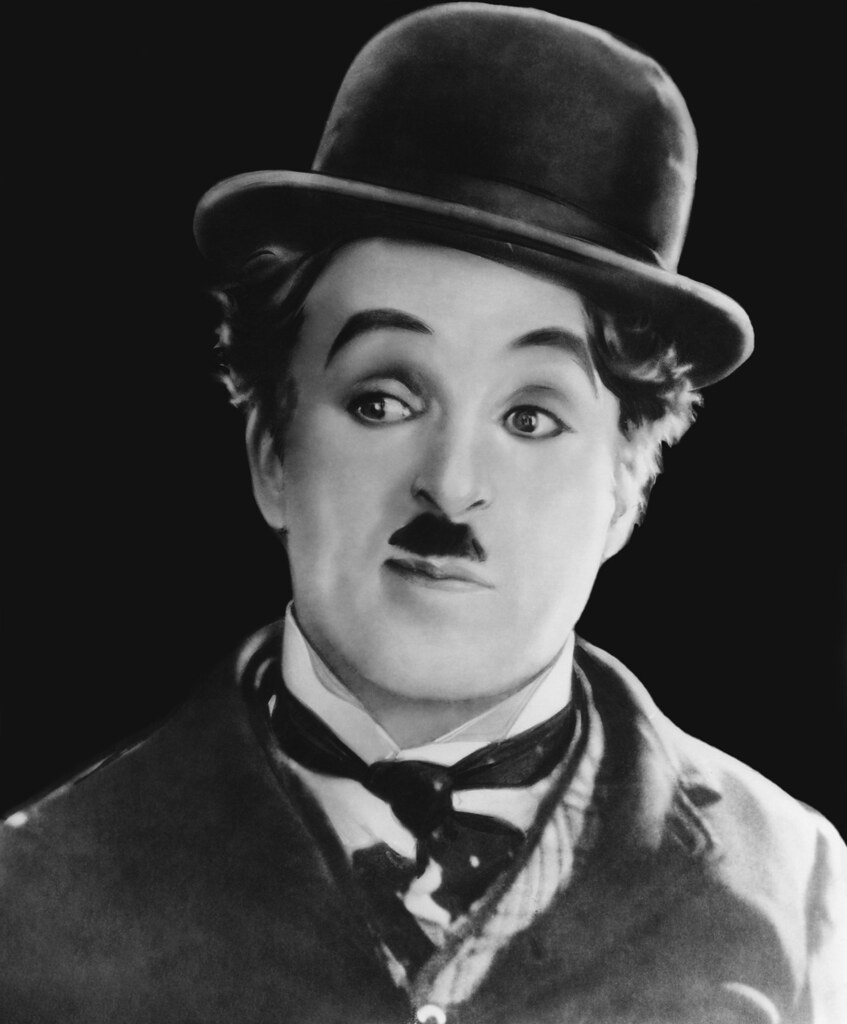
4. **Charlie Chaplin (Silent Film Genius & Karno’s Legacy)**In the annals of cinematic history, few figures loom as large or shine as brightly as Charlie Chaplin. His iconic character, “The Tramp” (1921), became a universally recognized symbol of hope, resilience, and the common man’s struggle, making Chaplin himself “one of the best-known faces on Earth.” But before he captivated millions on the silver screen, Chaplin honed his craft in the bustling, often chaotic, world of British music hall theatre, a crucial training ground that shaped his unique comedic genius and offered early lessons in the dynamics of collaborative performance.
Chaplin’s formative experiences were largely under the tutelage of Fred Karno, a pivotal figure in the development of slapstick comedy without dialogue. Karno’s company was a rigorous school for physical comedians, and it was here that Chaplin, alongside other future stars like Stan Laurel, absorbed the intricacies of physical humor and ensemble work. Laurel famously stated, “Fred Karno didn’t teach Charlie [Chaplin] and me all we know about comedy. He just taught us most of it,” a testament to Karno’s profound influence and the demanding environment he cultivated for his proteges.
The shift from the improvisational nature of music hall sketches to the more structured demands of silent film required Chaplin to balance his innate individual brilliance with the necessities of cinematic production. While his performance as The Tramp was largely a solitary act in its character portrayal, the creation of these films involved a vast collaborative effort – from cameramen and set designers to supporting actors. Chaplin’s singular artistic vision, however, meant that he often exerted significant creative control, a characteristic that, while leading to masterpieces, could also present unique challenges for those collaborating with him.
His method involved meticulous planning and often numerous takes, all in pursuit of comedic perfection. This intensity, driven by his unwavering vision for his characters and narratives, would invariably place specific demands on his crew and fellow performers. It was a testament to his genius, certainly, but also a glimpse into the demanding, sometimes solitary, journey of an artist committed to a singular artistic standard, where every aspect of the final product had to align with his exacting vision.
Chaplin’s journey, from a young performer under Karno’s stern guidance to a global film icon, illuminates the fascinating interplay between individual artistic drive and the collaborative machinery of entertainment. His story demonstrates how a powerful personal vision, forged in the crucible of early performance, can both inspire profound collaboration and, by its very strength, create its own set of “behind the camera” dynamics for all involved in the creative process.
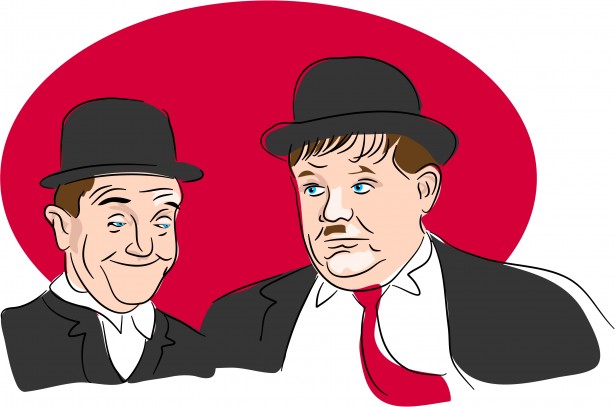
5. **Laurel and Hardy (Iconic Comedy Duo)**Among the pantheon of cinematic comedians, few duos achieved the widespread adoration and lasting legacy of Stan Laurel and Oliver Hardy. Their names are synonymous with physical comedy, their distinct personas—the bumbling, often exasperated Hardy and the childlike, innocently mischievous Laurel—creating a comedic partnership that transcended language barriers and delighted audiences for decades. Mentioned among the “globally renowned comedy artists” who emerged from American cinema, their enduring appeal is a testament to the power of a truly synchronized comedic collaboration.
The essence of a successful comedy duo lies in a delicate and often hard-won balance, a synchronicity that requires both performers to be acutely aware of each other’s rhythms and reactions. For Laurel and Hardy, this was a finely tuned art. Their slapstick routines, which often involved escalating mishaps and the meticulous destruction of property, demanded impeccable timing and a deep mutual understanding. Every pratfall, every bewildered glance, every exasperated sigh was part of a perfectly choreographed dance, requiring immense trust and collaborative effort.
Their working relationship, while not overtly fraught with the public feuds seen elsewhere, was a continuous negotiation of creative input and performance. Stan Laurel, in particular, was known for his significant creative involvement, often contributing to gags and script development. This level of shared responsibility and individual input, while enriching their material, also underscored the inherent challenges of maintaining a cohesive comedic voice within a partnership that was constantly evolving and under pressure to deliver fresh laughs.
What makes Laurel and Hardy’s collaboration so remarkable is its sustained success across numerous films and shorts. Unlike partnerships that fracture under creative strain, their distinct personalities merged seamlessly on screen to create a unified comedic force. Their ability to consistently deliver memorable performances, often through silent suffering and elaborate schemes gone awry, speaks volumes about their professional dedication and the strength of their collaborative bond.
Their legacy stands as a powerful counterpoint to the more dramatic conflicts we’ve discussed, illustrating a different aspect of “behind the camera” dynamics. It highlights how profound and enduring success can be achieved when two unique comedic voices find a way to complement each other, to push and pull in creative tension, ultimately forming a single, iconic entity that is greater than the sum of its parts. Their work remains a masterclass in the art of the comedy duo, proving that challenging collaboration can, indeed, be immensely rewarding.

6. **Dean Martin and Jerry Lewis (The Dynamic Duo)**Dean Martin and Jerry Lewis burst onto the American entertainment scene, quickly becoming one of the most celebrated comedic duos of the mid-20th century. Their names are explicitly listed among the “globally renowned comedy artists” who emerged from American cinema, a testament to their immense popularity and the unique blend of their talents. Martin, the crooning straight man, and Lewis, the boisterous, childlike clown, created a dynamic that captivated audiences through their distinct personas and seemingly effortless chemistry.
However, behind the dazzling smiles and uproarious laughter, the intricate world of their collaboration was undoubtedly subject to the inherent challenges of combining “unique artistic visions” within a tightly knit partnership. As with many famous duos, the balance between individual creative input and the shared comedic voice is a continuous negotiation. Their success depended on this delicate interplay, where each performer had to contribute while also adapting to the other’s rhythms and demands, a dynamic that can often be fraught with its own kind of “behind the camera” pressures.
The very strength of their individual talents, Martin’s suave musicality and Lewis’s physical comedy genius, meant that crafting routines and performances required careful orchestration. The context reminds us that “strong personalities, creative differences, ego clashes, and the sheer pressure of crafting entertainment can create as much unscripted drama as any storyline.” While the document doesn’t detail specific feuds between them, the nature of their highly successful, yet ultimately dissolved, partnership speaks volumes about the complex interplay required to maintain such an intense creative bond under the unforgiving spotlight of global fame. Their journey highlights how even the most celebrated collaborations can face “inherent challenges” that shape not just their work, but their very legacies.
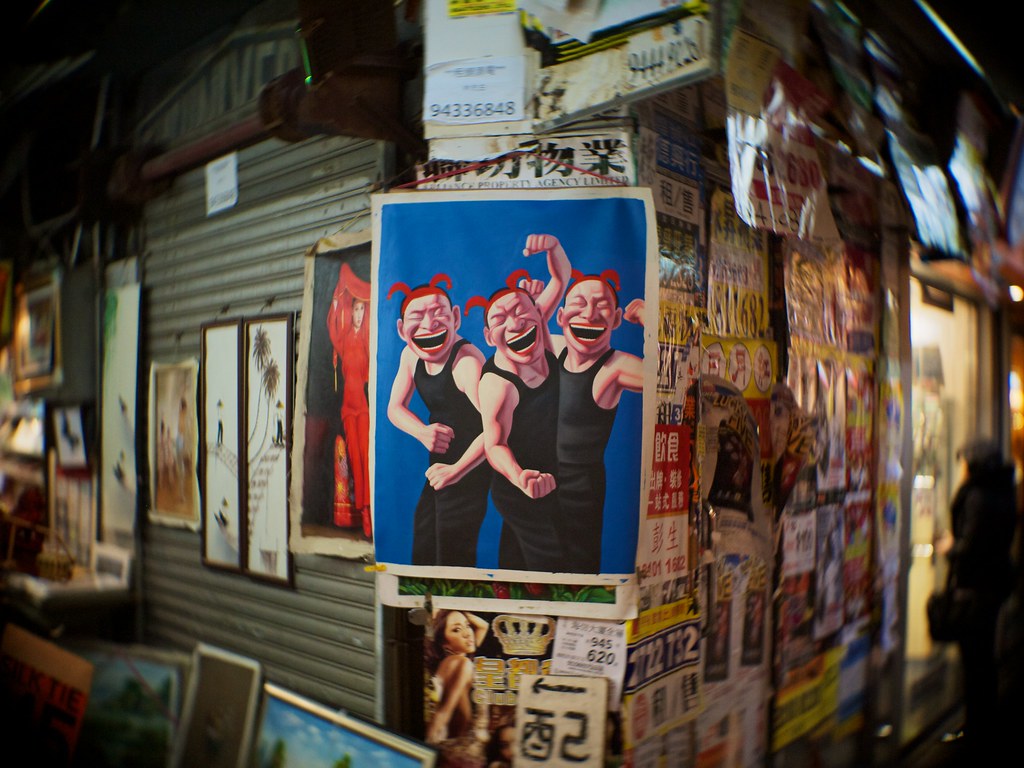
7. **The Three Stooges (Slapstick Titans)**When we think of physical comedy, “The Three Stooges” immediately spring to mind. This iconic trio, composed of Moe Howard, Larry Fine, and Curly Howard (and later Shemp Howard, Joe Besser, and Curly Joe DeRita), defined an era of slapstick with their unforgettable eye-pokes, ear-twists, and synchronized mayhem. They are recognized within the context as “globally renowned comedy artists” from American cinema, solidifying their place in the pantheon of comedic legends. Their brand of humor, often involving elaborate pratfalls and exaggerated violence, was a direct continuation of the slapstick tradition pioneered by figures like Fred Karno, further solidifying their place in comedy history.
Creating such precise, often chaotic, physical routines demands an incredible amount of coordination, trust, and shared vision among the performers. Imagine the sheer number of takes, the precise timing required for every bonk and bash, and the collaborative spirit needed to ensure everyone was literally on the same page for their acts to land both comically and safely. This intricate dance of physical comedy underscores a form of “behind the camera” dynamic that relies heavily on group synergy and mutual understanding, where any creative disagreement or personal friction could easily throw off the entire performance.
While the context doesn’t reveal specific disagreements *among* the Stooges, the very nature of a long-running, intensely physical ensemble act presents its own unique set of “inherent challenges.” The constant pressure to deliver fresh gags and maintain their signature style, combined with the individual personalities of three distinct comedic minds, would undoubtedly necessitate continuous creative negotiation. Their enduring appeal, however, proves that their collaborative spirit, despite any unrecorded tensions, ultimately led to “lasting humor and memorable performances” that continue to entertain generations.
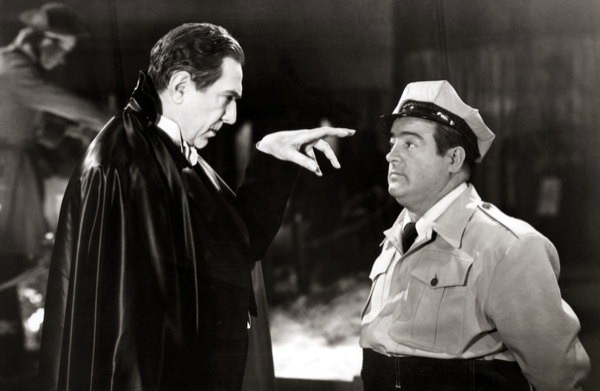
8. **Abbott and Costello (Who’s on First? Masters)**Bud Abbott and Lou Costello crafted one of comedy’s most enduring legacies, securing their spot among “globally renowned comedy artists” from American cinema. Their rapid-fire dialogue, especially in legendary routines like “Who’s on First?”, showcased a masterful command of linguistic humor and impeccable timing. Abbott, the straight man, and Costello, the bumbling, perpetually confused foil, perfected a comedic partnership built on misunderstanding and escalating frustration, captivating audiences in film, radio, and television.
The success of a dialogue-heavy comedy duo like Abbott and Costello hinged entirely on their ability to work together seamlessly. Every pause, every inflection, and every bewildered response had to be perfectly synchronized to achieve the desired comedic effect. This level of precision demands not only professional dedication but also a deep mutual understanding that extends beyond the script. It’s a testament to their “collaborative spirit” that they were able to maintain such a high standard of performance across various mediums for so many years, making it seem effortless to the audience.
However, sustaining such an intense partnership, where two distinct personalities are constantly intertwined both creatively and professionally, inherently brings its own set of “behind the camera” challenges. The need for constant innovation and the pressure of public expectation can amplify creative differences or personal strains, even if they never escalated into public feuds like those of other co-stars. Their journey exemplifies how the “complex interplay” of two unique comedic visions must continually find synergy to overcome the inevitable friction and maintain the magic that defines an iconic duo. Their work remains a masterclass in how carefully managed creative tension can lead to timeless laughter.

9. **Monty Python (The Absurdist Ensemble)**When it comes to groundbreaking British television comedy, “Monty Python” stands as a monumental force, explicitly listed as one of the “quintessential works” that remain influential. This ensemble, renowned for its distinctive brand of “surreal humour” (also known as ‘absurdist humour’), pushed the boundaries of conventional comedy, creating sketches that were predicated on “deliberate violations of causal reasoning” and featured “bizarre juxtapositions, incongruity, non-sequiturs, irrational or absurd situations and expressions of nonsense.” Their work revolutionized how humor was perceived and delivered, drawing roots from early avant-garde movements like Dadaism.
The creative process within such an ensemble, comprising multiple highly intelligent and distinct comedic minds, would naturally involve a dynamic “complex interplay of collaborative spirit and unique artistic visions.” Each member contributed their own brand of bizarre and illogical humor, from philosophical musings to outrageous physical gags. The very definition of surreal humor – “the effect of illogic and absurdity being used for humorous effect” – suggests a collective embrace of the unconventional, where individual ideas were likely debated, refined, and woven into a cohesive, albeit absurd, whole.
Such a highly collaborative and innovative environment, while incredibly fertile, also poses “inherent challenges” for “creating lasting humor.” Balancing the diverse creative inputs of several “individual comedic titans” and achieving a unified artistic voice, even one dedicated to nonsense, requires significant negotiation and compromise. Their ability to do so consistently, producing iconic television series like *Monty Python’s Flying Circus* and influential films, speaks to a powerful synergy that managed to channel potential creative friction into some of the most enduring and beloved surreal comedy of all time. Their legacy is a testament to the power of collective genius navigating the complexities of shared creative space.

10. **Peter Sellers (The Chameleon of Comedy)**Peter Sellers, hailed as one of the “British comics” who found significant success in Hollywood, was a singular talent whose comedic genius was rooted in his extraordinary ability to embody a multitude of distinct characters. His versatility, which allowed him to seamlessly transition between roles, made him an “individual comedic titan” whose “unique artistic visions” propelled him to global renown. From the bumbling Inspector Clouseau to the multiple roles in *Dr. Strangelove*, Sellers’s performances were a masterclass in character acting and subtle, often physical, humor, reminiscent of the silent film tradition that lived on through artists like Rowan Atkinson.
While not typically associated with a fixed comedic duo or ensemble in the same vein as Laurel and Hardy or Monty Python, Sellers’s work, by its very nature, presented profound “behind the camera” dynamics for those collaborating with him. His deep immersion into characters and his meticulous pursuit of comedic perfection, much like Charlie Chaplin’s “unwavering vision for his characters and narratives,” would invariably place specific and sometimes demanding expectations on directors, writers, and fellow performers. This intense artistic commitment, while yielding brilliant results, could also be a source of “inherent challenges” in a collaborative setting.
His commitment to “unique artistic visions” meant that the creation of his iconic roles was often an intricate process, requiring significant input and adaptation from those around him to fully realize his comedic nuances. The interplay between his singular genius and the collaborative machinery of filmmaking demonstrates how even individual comedic titans, in their quest for “lasting humor and memorable performances,” shape the entire production dynamic. Sellers’s career serves as a powerful reminder that the journey to comedic brilliance, particularly for an actor of his caliber, is a complex tapestry woven with individual vision and the demanding realities of creative partnership.
And there you have it, a whirlwind tour through the fascinating, often fiery, world behind the camera of comedy’s biggest names! From the legendary duos whose shared vision, despite its challenges, gave us timeless laughs, to the collective genius of ensembles pushing boundaries with surreal humor, and the individual titans whose singular artistic drives shaped entire productions – it’s clear that the magic we see on screen is rarely simple. It’s a vibrant, sometimes messy, testament to human connection, creative negotiation, and the enduring quest to make us all laugh. Whether through harmonious synergy or through the crucible of creative friction, these legends have proven that truly unforgettable comedy is a complex, beautiful, and utterly human endeavor.


